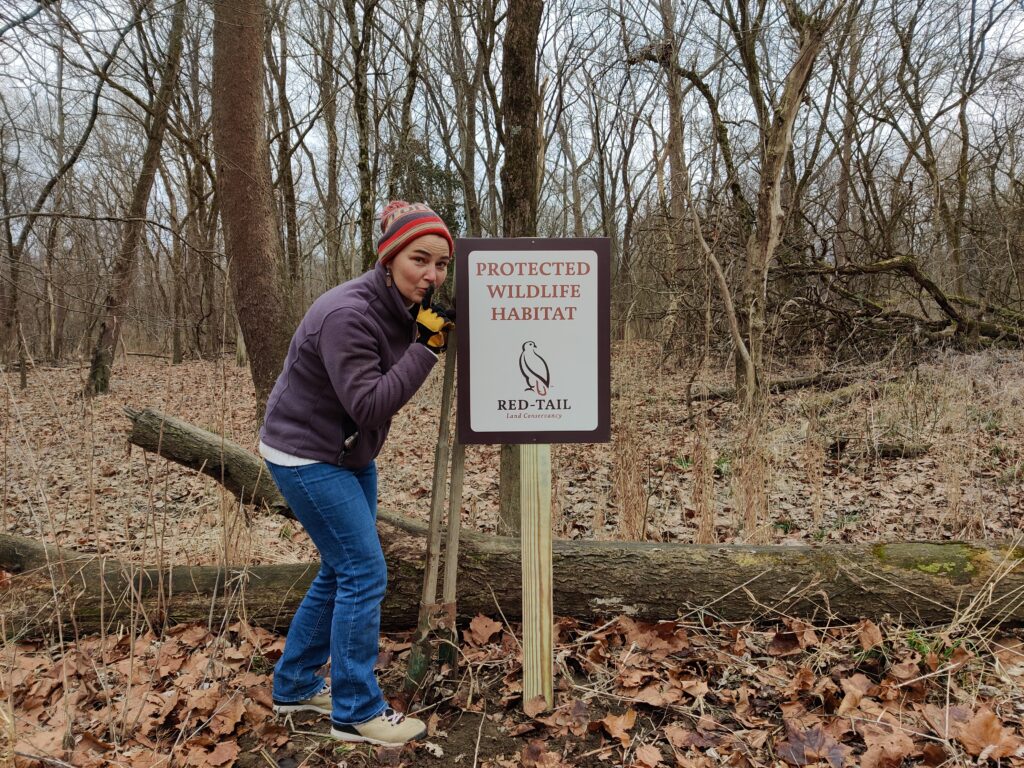Can you imagine what it is like to know the location of the world’s tallest tree?
At first, it may seem like a novel piece of information. But what if you were to off-handedly say something at a neighborhood gathering? Is it realistic the family down the street would not try to find it? What if you post a picture for a scientific publication but accidentally include a recognizable landmark in the background? How much time will pass before the photo shows up on social media with a hundred comments asking for directions?
Such a thing happened to the world’s tallest living tree, a 380-foot-tall Redwood named Hyperion. Somehow, word of its location was posted on a trail-finder app. The National Park Service urged nature enthusiasts, bloggers, tour groups, and photographers to stay on the trail and leave the tree alone instead of bushwhacking through the woods looking for it. But in 2022, the park service had to close the entire area permanently. The many footsteps around the tree cleared the forest floor of vegetation, draining nutrients necessary for Redwood tree growth and introducing new diseases. Now, eager tourists who attempt to find Hyperion can face fines of $5,000 or up to six months in jail.
Something in our psyche pushes us to seek out the rare and secluded. What compels us to disregard the impacts we make to see something that is the tallest, the oldest, the loveliest, the scarcest natural phenomenon? Is seeing the world’s tallest living tree worth being one of the people who damage and maybe even kill it?
That is an extreme example, but there are instances like that everywhere. Including the forests in our area. We are about to enter spring. It is a gorgeous time with the vibrancy of life emerging from winter’s sleep. If you have ever seen a patch of wildflowers in the woods, you understand how magical it is. Delicate blossoms breach the leaf litter, breathing in the sunshine.
The promise of seeing fleeting spring wildflowers is a big draw to Red-tail Land Conservancy’s woodland nature preserves. Part of our mission is to preserve natural places for awe and reverence. Those experiences often spark inspiration for people to become more engaged in land conservation.
But we face a similar challenge as the people who know the secret location of the tallest trees: is feeding that inspiration to deepen connections with nature worth the inevitable impact?
People do not enter forests to explicitly trample vegetation, but no ecosystem remains pristine after visitors. Each wildflower that is picked to press into a keepsake means one less wildflower for short-lived pollinators. It only takes one person making a slight impression in the leaf litter for their footsteps to look like an official trail. Laying in a patch of flowers to get that perfect springtime selfie can crush surrounding plants that have not yet emerged. If you pictured yourself doing any of those things, you can be sure other people have done them too– many other people.
Ultimately, there are places that we, as a land trust whose mission is to protect natural areas for wildlife, do not open for public exploration. Their locations are kept private. Or, their locations are known, but they are only open for a few hours each year. For the nature preserves we do welcome people to explore, we provide features like boardwalks, established trails and wildlife observation areas, and wayfinding signs to lessen the impact on ecosystems while still providing a scenic landscape.
But, our most powerful tool in ensuring that wild places stay wild is not adding visitor amenities or keeping locations secret– it is you. To do right by nature, there are certain special phenomena you will miss. And that is hard, especially when you know other people are enjoying them regardless of the damage. But with each sacrifice you make, we hope you feel proud about sharing the responsibility to let plant life and wildlife thrive undisturbed.
Indiana does not have the world’s tallest tree. But who is to say that the life found in our landscape is not as precious and deserving of preservation?
Kelley V. Phillips is the Communications & Outreach Manager for Red-tail Land Conservancy. She strives to cultivate wonder in nature and action to protect it.




